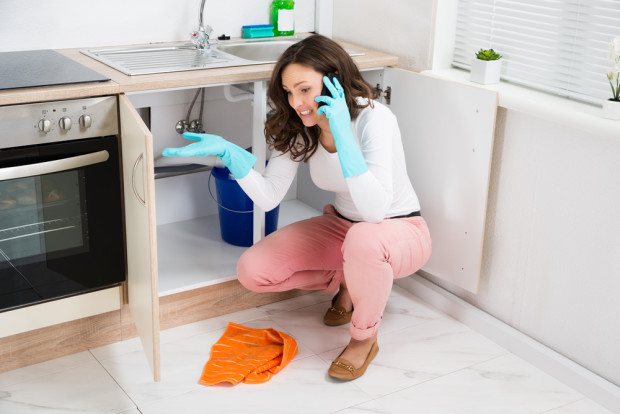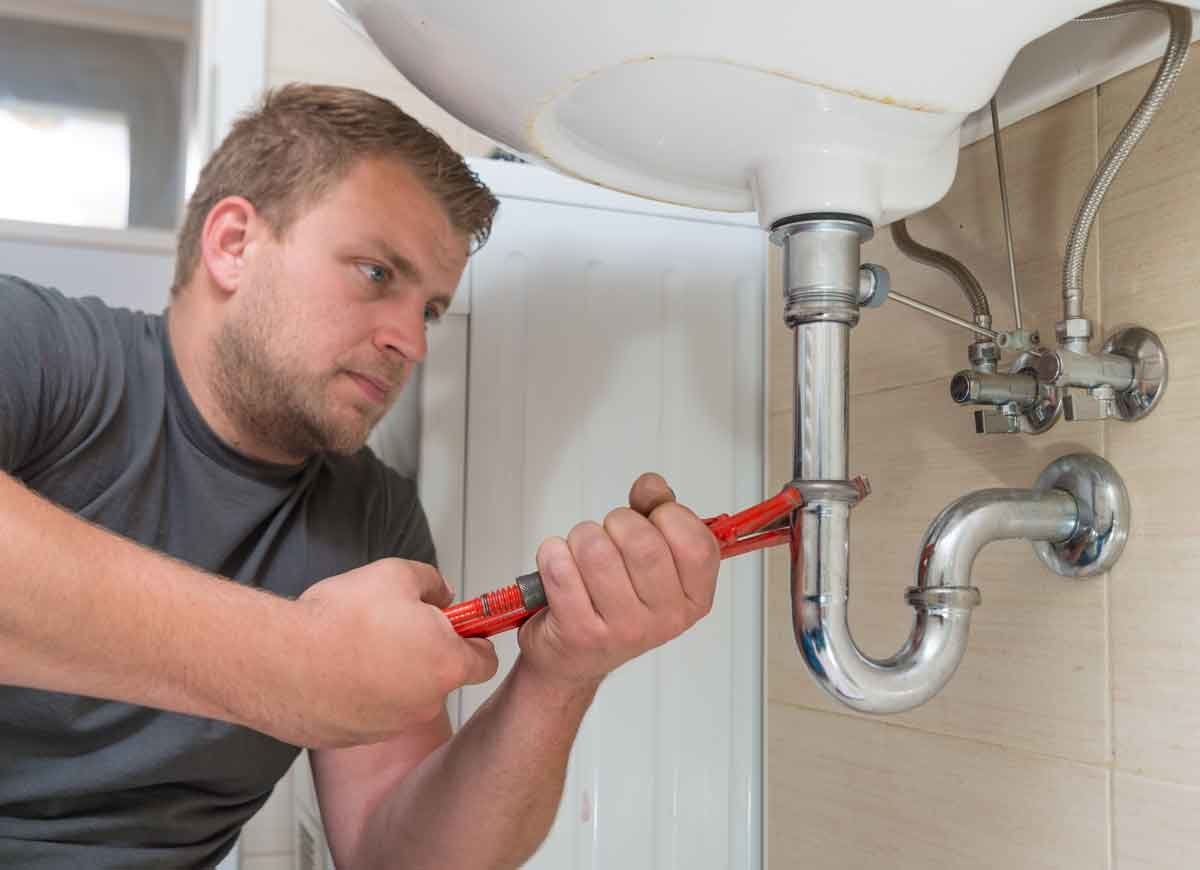The article further down on the subject of DIY vs. Professional Plumbing Repairs: When to Call a Pro is incredibly stimulating. Give it a go and draw your own personal ideas.

Intro
Plumbing concerns can range from small inconveniences to major migraines, commonly triggering house owners to choose between tackling the issue themselves or hiring a professional plumber. Understanding when to do it yourself and when to look for specialist help can save time, money, and prevent possible catastrophes. This short article checks out the elements to consider when making this vital choice.
Benefits of DIY Plumbing
Tackling pipes tasks on your own can be satisfying in several ways, especially for simpler tasks.
Expense Cost savings
DIY pipes tasks often conserve money by preventing specialist service charge. Tasks like dealing with small leaks, changing faucets, or setting up brand-new showerheads are examples where home owners can handle repair services without employing a plumbing technician.
Skill Improvement
Taking part in DIY plumbing provides a chance to find out and improve sensible skills. Standard jobs encourage homeowners to recognize their plumbing systems much better and obtain confidence in handling small fixings separately.
Risks of DIY Plumbing
While DIY projects supply advantages, particular risks should be very carefully taken into consideration before attempting repair services.
Intricacy of Tasks
Some pipes problems call for customized knowledge and tools past common home owner capabilities. Mishandling complicated troubles can lead to further damage and pricey repair services.
Safety and security Concerns
Collaborating with plumbing systems includes risks such as exposure to water damages, potential for electrical threats, and taking care of devices inaccurately. Safety preventative measures have to be observed to prevent mishaps and guarantee effective repair services.
Indicators to Call a Professional Plumbing Technician
Acknowledging when a plumbing problem surpasses DIY capabilities is crucial to preventing aggravating problems.
Indications of Facility Concerns
Instances consist of:
Motivate professional intervention is needed to address these problems efficiently and lessen damage.
DIY Pipes Tips
For successful do it yourself plumbing, it's essential to be prepared with the right tools and adhere to proper treatments.
Basic Tools and Products
Key tools for DIY plumbing:
Step-by-Step Guides
Clear guidelines make sure secure and efficient DIY repairs:
Picking the Correct Time to DIY
Determining when to take on plumbing tasks yourself calls for assessing both the intricacy of the problem and individual comfort degrees.
Assessment List
Take into consideration:
When to Absolutely Call a Specialist
Certain circumstances require immediate expert attention to prevent considerable damages or safety and security risks.
Examples consist of:
Searching for and Working With an Expert Plumbing Technician
Picking a qualified plumbing professional guarantees dependable solution and satisfaction in settling plumbing concerns.
Requirements for Option
Elements to think about:
Price Evaluation: do it yourself vs. Specialist Providers
Comparing the financial ramifications of do it yourself efforts versus expert plumbing services helps in making notified choices.
Financial Considerations
Evaluate:
Conclusion
Deciding whether to do it yourself or call an expert plumbing professional depends upon recognizing the intricacy of pipes issues and individual abilities. By evaluating the benefits and threats, home owners can make enlightened options that promote reliable maintenance and protect their homes from pipes disasters.
DIY Plumbing Projects: What Homeowners Can Do and When to Call a Professional
Welcome to our comprehensive guide on DIY plumbing projects. In this blog post, we aim to empower homeowners with the knowledge and skills to tackle basic plumbing tasks around the house. From unclogging drains to fixing a leaky faucet, we’ll walk you through step-by-step instructions on how to handle these common issues.
However, not all plumbing problems can or should be solved with a DIY approach. Recognizing when a problem is beyond your skill level and requires professional intervention is just as important as knowing how to perform basic tasks. We’ll also discuss the signs that indicate it’s time to put down your tools and pick up the phone to call a professional plumber. By understanding when to DIY and when to call a professional, you can save time, avoid potential disasters, and ensure your home’s plumbing system remains in top shape.
Understanding Plumbing Basics
Before we dive into the DIY projects, let’s take a moment to understand the basics of your home’s plumbing system. A typical residential plumbing system consists of two major components: the water supply system, which brings fresh water into your home, and the drainage system, which removes waste water. These systems are made up of a network of pipes, valves, and fixtures that work together to deliver clean water and dispose of waste efficiently.
Regular maintenance of your plumbing system is crucial to prevent minor issues from escalating into major problems. This includes tasks like checking for leaks, removing minor clogs, and ensuring your pipes are insulated for winter. By performing these tasks regularly, you can extend the lifespan of your plumbing system, save money on water bills, and maintain the comfort and hygiene of your home.
In the following sections, we’ll explore some common DIY plumbing projects that homeowners can handle, as well as situations that require the expertise of a professional plumber. Whether you’re a seasoned DIY enthusiast or a beginner, this guide will provide you with valuable insights into the world of home plumbing.
DIY Plumbing Projects Homeowners Can Handle
Plumbing may seem intimidating, but there are several tasks that homeowners can confidently tackle with a little guidance and the right tools. Here are a few common issues you might encounter and how to address them.
Unclogging Drains
Use a Plunger: This is your first line of defense. A good old-fashioned plunger can dislodge the obstruction and clear the drain in many cases. Try a Plumber’s Snake or Hand Auger: If the plunger doesn’t work, a plumber’s snake or hand auger can reach deeper into the pipe to break up the clog. Use a Drain Cleaner: If physical methods fail, a chemical drain cleaner can dissolve the clog. However, use these products sparingly as they can damage your pipes if overused.

I discovered that write up on DIY Plumbing Projects and When to Call a Professional while looking around the search engines. Do you know someone else who is curious about the topic? Take a moment to promote it. We enjoy reading our article about DIY vs. Professional Plumbing Repairs: When to Call a Pro.
Visit Page